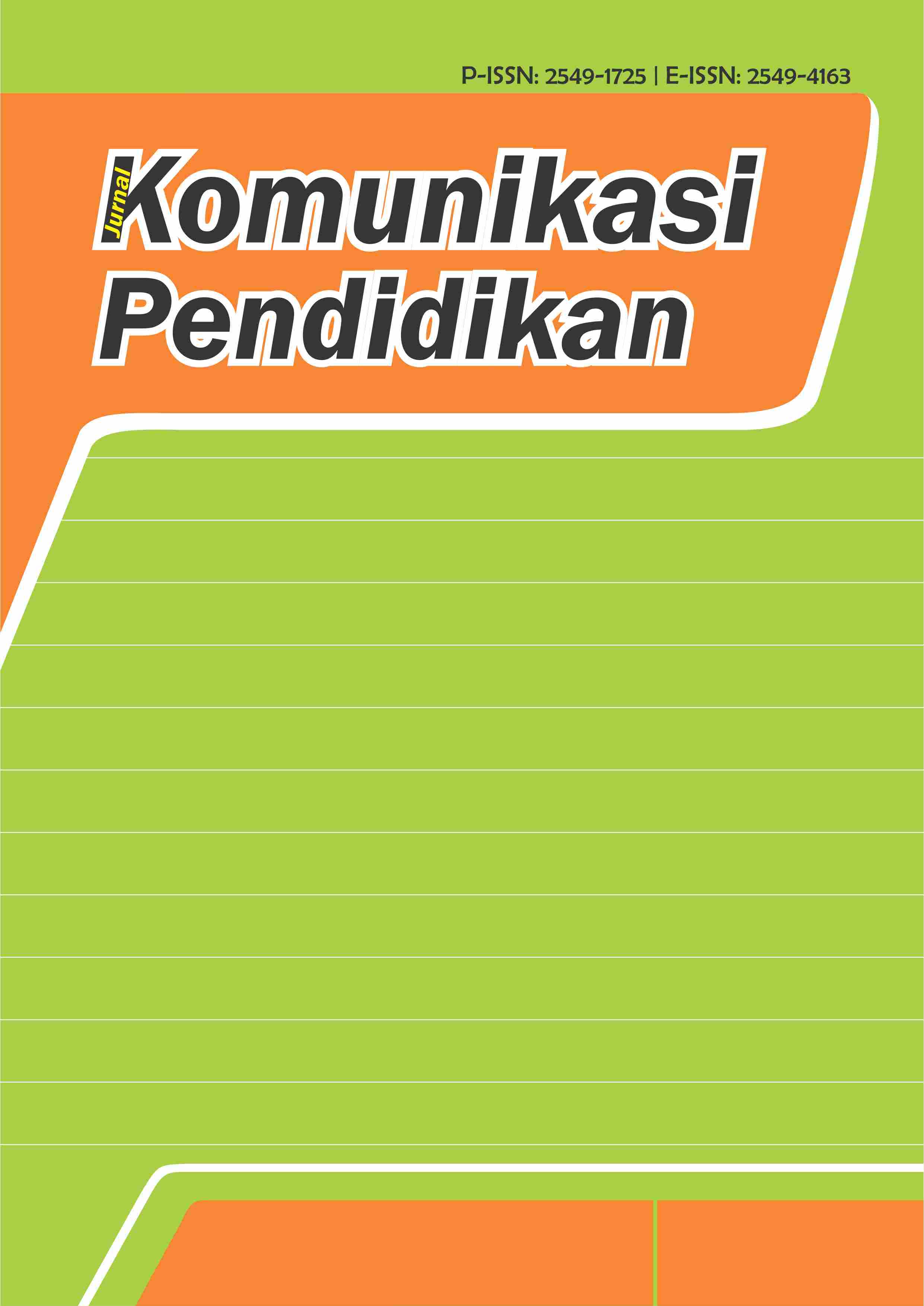An Analysis of Persuasive Communication with Ethnographic Communication Approach at Junior High Schools in West Bandung
DOI:
https://doi.org/10.32585/jurnalkomdik.v9i2.6182Keywords:
Persuasive Communication, Ethnographic, CommunicationAbstract
Improving student discipline is one of the main challenges in the education system. This study explores the application of persuasive communication patterns in improving the discipline of high school students in West Bandung with the SPEAKING approach from Dell Hymes. This approach identifies relevant communication components, including settings, participants, goals, and norms, to produce more effective interactions between teachers and students. This study uses qualitative methods with in-depth interviews and participant observations to analyze the application of persuasive communication strategies in the school environment. The results of the study indicate that the Persuasive communication pattern is able to build more harmonious relationships, foster intrinsic motivation, and increase student compliance with school regulations.
Downloads
References
Improving student discipline is one of the main challenges in the education system. This study examines the application of persuasive communication patterns in enhancing the discipline of high school students in West Bandung, utilizing the SPEAKING approach developed by Dell Hymes. This approach identifies relevant communication components, including settings, participants, goals, and norms, to produce more effective interactions between teachers and students. This study employs qualitative methods, including in-depth interviews and participant observations, to analyze the application of persuasive communication strategies in the school environment. The results of the study indicate that the Persuasive communication pattern can build more harmonious relationships, foster intrinsic motivation, and increase student compliance with school regulations. This research contributes to education by providing a new approach to implementing school programs and applying discipline.
Published
How to Cite
Issue
Section
License
Copyright (c) 2025 Encep Ruswandi, Syihabuddin, Yayan Nuryanto

This work is licensed under a Creative Commons Attribution-ShareAlike 4.0 International License.
Authors who publish with the Jurnal Komunikasi Pendidikan agree to the following terms:
- Authors retain copyright and grant the journal the right of first publication with the work simultaneously licensed under a Creative Commons Attribution License (CC BY-SA 4.0) that allows others to share the work with an acknowledgment of the work's authorship and initial publication in this journal.
- Authors are able to enter into separate, additional contractual arrangements for the non-exclusive distribution of the journal's published version of the work (e.g., post it to an institutional repository or publish it in a book), with an acknowledgment of its initial publication in this journal.
- Authors are permitted and encouraged to post their work online (e.g., in institutional repositories or on their website) prior to and during the submission process, as it can lead to productive exchanges, as well as earlier and greater citation of published work.





